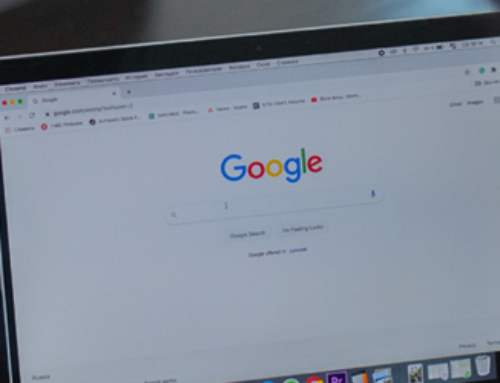1- Prospecting
One of the first key performance indicators and critical success factors in selling is prospecting. This is defined as your ability to get face-to-face or ear to ear with qualified prospects who can and will buy your product or service within a reasonable amount of time.
It’s a reminder that unless your prospect has a need to solve a problem they are not going to buy a product. Customers sometimes buy things spontaneously without thinking through what their actual need is. But often there is an underlying reason for a purchase even if the buyer doesn’t bring it to the surface.
2- Establish Rapport, Trust and Credibility
The second key result area of selling is establishing rapport, trust and credibility. People will not buy from you until they like you, trust you and are convinced that you are their friend and acting in their best interests.
3- Identifying Needs Accurately
The third key result area of selling is identifying needs accurately. The biggest mistake that you can make when you meet or talk to a new prospect is to assume that you already know what this prospect needs or wants and is willing to pay for. Each prospect is unique, special and different from all other prospects. He or she has special wants, needs, hopes, fears and desires. In the initial stage of your conversation with the prospect, your single focus is to ask questions and listen carefully to ascertain whether or not a genuine need for what you sell exists in the mind and heart of the person you are talking to.
Too many sales reps walk into customer meetings with their pre-canned sales decks and proudly squawk through 30 of their favorite slides without engaging the customer in a discussion.(small ears and a big mouth)
The goal is to get the customer speaking about their organisation. And the best kind of questions to ask are open-ended questions. I recommend starting with a brief overview of you, your company and your solution. And by brief I mean BRIEF! Next, I recommend putting up some example clients you’ve worked with. These references make for great discussions with customers. Remember people prefer to hear themselves speak rather than to listen to you. It’s just human nature. Write down the customer points/issues so you’ll have them for later. Ask questions the whole time. The best form of sales is “active listening” where you’re engaged in what the customer is telling you.
And please resist the temptation to cut off the customer with a story of your own.
A Typical Sales Cycle:
The Sales Cycle displays the individual’s preferences using factors that are important in a typical sales cycle. It indicates the likely effectiveness of an individual in eight critical stages of the sales process and helps to determine where in a typical sales cycle this person will be most effective.
- Developing a Game Plan: Analysing the market in depth, putting effort into positioning products and effective sales activities.
- Making Contact: Contacting prospects, ‘breaking the ice’ and making people feel comfortable, taking the initiative to establish new relationships.
- Building Desire: Engaging the customer emotionally, creating a preference to buy and a feeling of fondness about the product or service.
- Creating Options: Understanding the customer’s needs and producing innovative solutions.
- Presenting: Presenting products and/or solutions engagingly and confidently to individuals and customer groups; feeling free of stress and worries.
- Closing the Sale: Bringing the business home, managing the customer for timely decisions, dealing with objections, negotiating final price and conditions of sale.
- Satisfying the Customer: Delivering post sales care persistently, relating to the customer and taking all steps necessary to satisfy the customer.
- Managing and Growing: Maintaining the customer relationship after the sale is completed, continuously looking to identify new needs and business opportunities.




